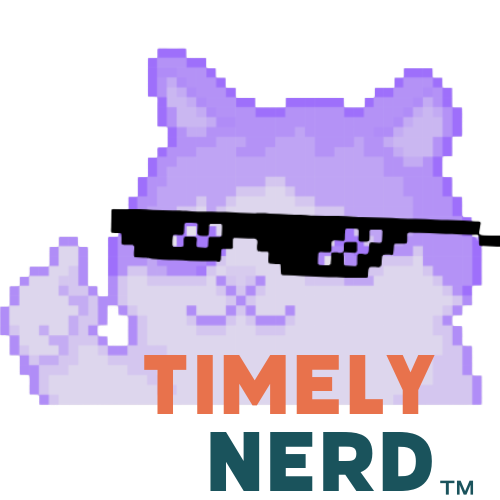💪 From Hulkamania to Hollywood: Honoring the Immortal Hulk Hogan
Hey TimelyNerds,
If you grew up in the '80s or '90s, you didn’t just watch Hulk Hogan—you lived Hulkamania.
Today, we reflect on the unforgettable legacy of Hulk Hogan—the mustached superhero in yellow and red who slammed giants, starred in cartoons, crossed over into Hollywood, and literally changed the DNA of professional wrestling forever.
🟡 The Birth of Hulkamania: Wrestling’s First True Superhero
Before there was “Stone Cold” or The Rock, there was Hogan.
Towering at 6'7", with 24-inch pythons and a larger-than-life charisma, Hogan burst into the mainstream in the 1980s like a steel chair to the face.
He wasn’t just a wrestler—he was America’s superhero.
With slogans like:
💪 “Say your prayers and eat your vitamins”
💥 “Whatcha gonna do when Hulkamania runs wild on you?”
...he rallied kids, teens, and adults alike into a frenzy of optimism, strength, and showmanship.
He headlined the very first WrestleMania in 1985, teaming with Mr. T in a spectacle that launched the WWF (now WWE) into pop culture orbit.
From there, he became the face of a generation.
📺 Hulk Hogan: The Pop Culture Powerhouse
In the late ’80s and early ’90s, Hogan was everywhere.
Not just in the ring—but on:
Saturday morning cartoons (Hulk Hogan’s Rock ’n' Wrestling)
Action figures and lunchboxes
Movies like Suburban Commando, No Holds Barred, and Mr. Nanny
Even video games from NES to Sega Genesis
He was the prototype for crossover superstardom.
In a world where action heroes were usually fictional, Hogan was real—a living, flexing embodiment of justice, strength, and crowd-pumping catchphrases.
To millions of kids, he wasn’t Terry Bollea—he was Hulk Hogan, and he would never lose.
🖤 When the Hero Turned Heel: How Hogan Redefined Wrestling
But in 1996, everything changed.
In one of the most shocking moments in wrestling history, Hulk Hogan turned heel at WCW’s Bash at the Beach, aligning with Kevin Nash and Scott Hall to form the nWo (New World Order).
It wasn’t just a storyline twist—it was a seismic cultural moment.
The ultimate good guy had gone bad.
Yellow and red gave way to black and white.
Cheers turned to boos—and wrestling was never the same.
This move ushered in the gritty, rebellious Attitude Era, where antiheroes ruled and audiences craved complexity over clear-cut morality.
It made Hogan relevant again—not just as a nostalgia act, but as a reinvented villain that fans loved to hate.
He helped WCW dominate ratings for years and forced WWE to evolve, giving birth to legends like Stone Cold Steve Austin and The Rock.
And in doing so, he proved something essential:
⚡ Even gods can change—and that makes them timeless.
🌍 The Enduring Legacy of the Hulkster
Love him or hate him, Hulk Hogan defined an era.
Actually—he defined multiple.
He showed us what it meant to be a hero, then dared to show us what it meant to fall from grace and still keep fighting.
His legacy lives on in:
Every modern wrestler who cuts a promo
Every WrestleMania main event
Every fan who ever tore a t-shirt down the middle
More than a wrestler, Hogan was a myth, a movement, and a mirror for a generation raised on muscle, heart, and charisma.
💬 What Did Hulkamania Mean to You?
Did you wear the yellow headband?
Did you yell “brother!” at recess?
Were you shocked when he dropped that leg on Randy Savage in ’96?
👇 Share your favorite Hulk Hogan memory in the comments below. Let’s celebrate the legacy together.
Rewind. Level Up. Geek Out.

